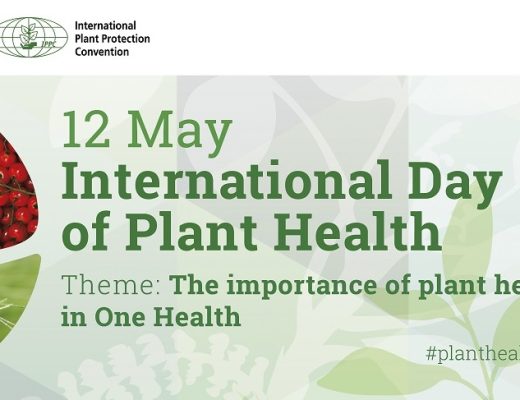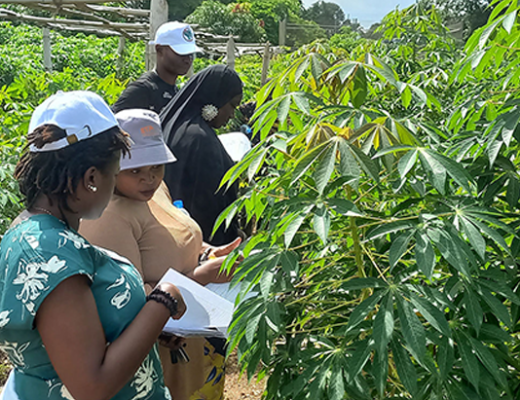
Informal markets in Nigeria. (Photo by Lydia Ibrahim/IITA Pathology Laboratory)
Have you ever paused to ponder the safety of the food on your plate? It is a question often overshadowed by concerns of availability and nutritional value, especially in many African communities grappling with food insecurity. But beyond the apprehensions of getting enough to eat lies the danger of consuming unsafe food.
According to World Health Organization estimates, we live in a world where an estimated 600 million people battle foodborne illnesses every year. That is like having one person out of every ten you know falling prey to a food-related sickness. The toll is immense—33 million years of active life lost, $110 billion lost from economies, particularly in low- and middle-income countries. These are not just statistics; they represent real losses in time, income, and well-being. Unfortunately, one out of every three deaths due to foodborne disease occurs among children below five years of age.
But the cost goes even deeper. Unsafe food is not just an inconvenience; it silently attacks consumers, inflicting generational scars on communities and nations. From growth impairments in children to debilitating diseases like diarrhea and kidney and liver ailments, the repercussions are profound and far-reaching. The stakes are even higher in Africa, where informal markets are prevalent. These bustling hubs of commerce see countless transactions daily from customers, vendors, service providers, etc. Consumers choose based on multiple factors, including cost, appearance, and convenience. The informal sector makes important contributions to economies and needs improvements to reduce the tendency to be a reservoir for food hazards.

Informal markets in Nigeria. (Photo by Lydia Ibrahim/IITA Pathology Laboratory)
If you were to stroll through these markets, you could see meat and fish displayed openly, sometimes with flies alighting upon them. But what seems like a minor annoyance could be a breeding ground for dangerous pathogens. Even seemingly pristine produce may not necessarily be immune, as unseen dangers lurk in the form of pesticide residues or heavy metal contamination, for instance. Identifying unsafe food isn’t always as simple as observing mold or spoilage. Sometimes, it is the invisible threats—adulteration, undisclosed additives, and natural poisons produced by molds and other microorganisms. Even when contaminated feed is given to livestock, the livestock become food supplies that can still cause harm to the human consumer. Just because the spoiled food is out of sight does not imply that the hazards have become non-existent; they could still pose a risk to the consumer only transferred from the primary source to a secondary source.
So, what can consumers do in the face of such hidden dangers? It is a question that demands attention, not just for our own sake but for the health and well-being of future generations. The Food Safety for Africa project, co-funded by the European Commission, addresses food safety risks in the informal sector. This project aims to bring transformation by ensuring food is safer and lives are protected, especially for the younger generation, which is most vulnerable. Increased food safety awareness can contribute to consumers making informed decisions, demand safer food, and drive value chain actors’ behaviors toward improvements. Wholesome food is important for health and general well-being, as implied by this quote attributed to the ancient Greek physician Hippocrates: “Let food be thy medicine and medicine be thy food.”
Contributed by Titilayo D.O. Falade





No Comments